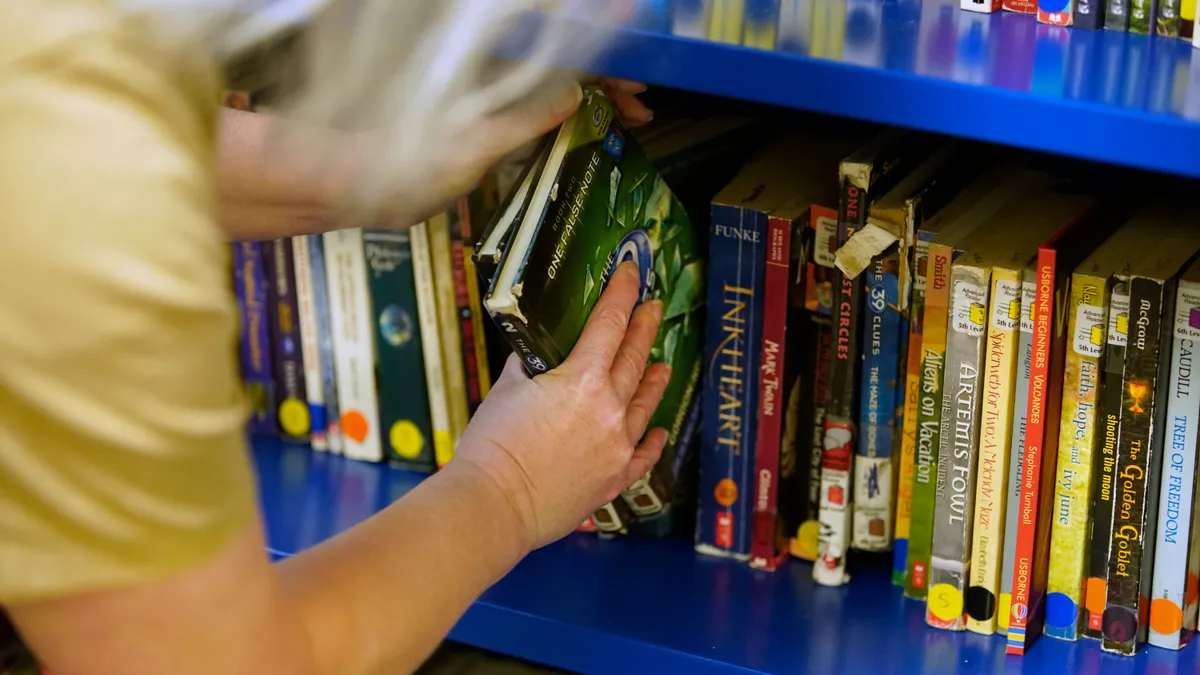Dive Brief:
-
School principals can support student literacy development in middle and high schools by promoting the mechanics of reading instruction as well as student-centered learning approaches, such as social-emotional learning and student choice in reading materials, said panelists in a Thursday virtual session during the National Principals Conference, hosted by the National Association of Secondary School Principals.
-
The link between SEL and literacy development might not be obvious, said panelist Janine Caffrey, chief research officer at Reading Plus, but there are strong connections between positive student-teacher relationships and reading proficiency. The learning lags experienced during the pandemic may be partly attributed to students’ disconnect from school communities and friends, Caffrey said.
-
School leaders should also be mindful of SEL and instructional supports for teachers, who are balancing a variety of academic, equity, engagement and access demands to assist older students, the panelists said.
Dive Insight:
“Reading instruction is super complex,” said Amanda Hennie, principal of Memphis Street Academy Charter School in Philadelphia, during the session. “It is by far the most complex subject of all because of the many different facets that go along with it.”
Hennie said there were several new programs the 5th-8th grade school implemented during the pandemic for teacher and student SEL supports. Teachers were given dedicated time during the week for “professional responsibilities” to take care of duties outside classroom instruction. There were also teacher-facilitated activities that included yoga, painting or even just quiet reading time, Hennie said.
For students, the school started an advisory system to check-in with a staff member who was not the student’s teacher. Students who were unable to participate in learning during the school day could access evening classes. Teachers also held virtual cooking lessons and non-academic gatherings where students would show a teacher a dance move or students and teachers would talk about their favorite snack food, Hennie said.
“The staff, they did a variety of different things to keep students motivated,” she added.
Those relationship-building moments may seem like they’re taking time away from instruction but can be just as important to literacy development and overall learning. “Anyone who has spent time in a classroom can tell you also that when you use SEL to improve behavior, you have more time for learning,” said Caffrey.
Student self-regulation and engagement can lead to improvements in growth mindset and motivation to learn, she said. Data from Reading Plus displayed during the session showed a dip in students’ self-reported growth mindset levels during the 2020-21 school year compared to the previous two school years. Students reading significantly below grade level is one of middle and high school principals’ greatest challenges, according to polling from Reading Plus.
“When we think about how we can support literacy development in our students, we need to think about the full learner, and about why reading is so important to learning,” Caffrey said.














